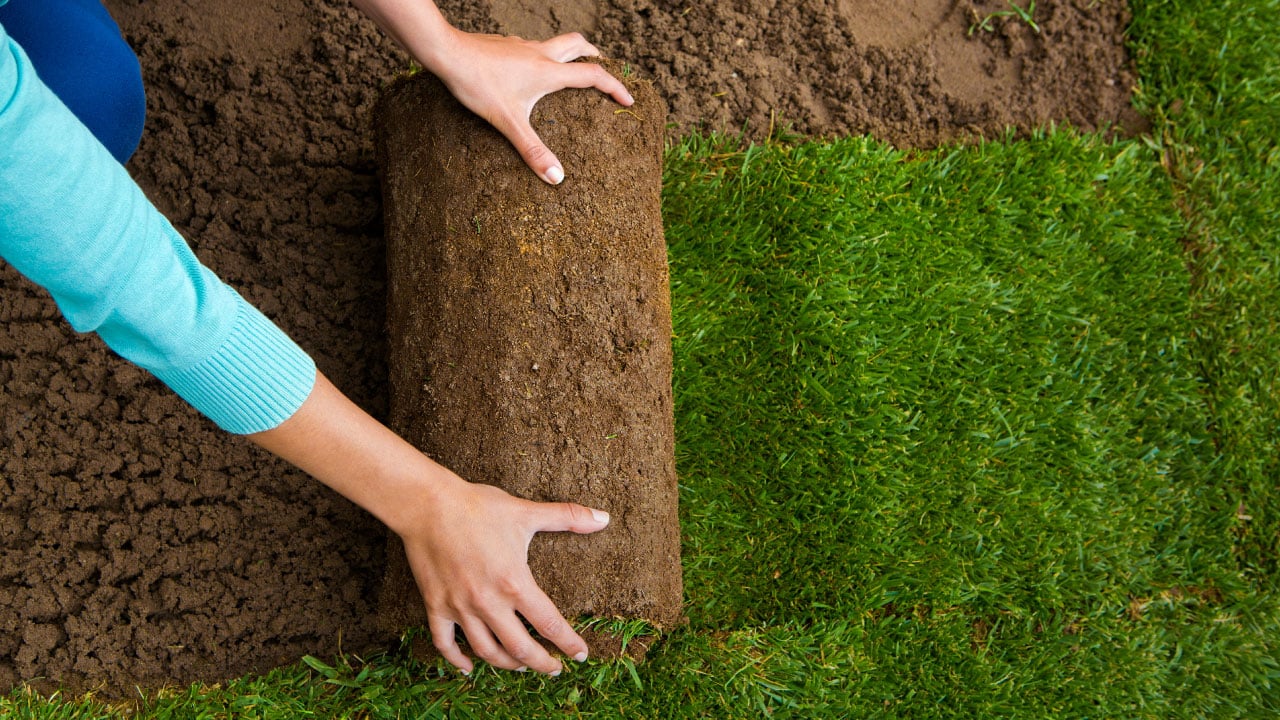Maintaining a healthy, lush lawn requires more than just regular watering and mowing. To keep your grass looking its best, you need to fertilize it properly. But with so many products available on the market today, it can be difficult to know where to start.
Fortunately, experts have some tips on dos and don’ts of lawn fertilization that will help make sure your grass looks it’s absolute best. From figuring out when and how much fertilizer to use to understand what type is right for your particular yard needs, will give you all the information you need in this article about 3 key tips from the pros!
Dos of Lawn Fertilization
Ensuring your lawn is properly fertilized is essential for its health and growth, so here are three tips to help you make the most of lawn fertilization services.
- Pick the right fertilizer: Selecting a fertilizer that has been specifically formulated for the type of grass in your lawn will ensure optimal results while avoiding potential damage that can be caused by using an inappropriate product.
- Apply at regular intervals: Regular applications throughout the growing season will keep your lawn healthy and looking its best – spread out applications to avoid over-fertilizing or burning your grass as too much fertilizer can cause more harm than good!
- Water correctly after application: Properly watering in any applied fertilizer is critical for success – applying too little water means nutrients won’t get absorbed into the soil, whereas applying too much water may lead to leaching away those valuable nutrients before they have time to take effect on your grass health!
Consider hiring lawn fertilization services to ensure your lawn is getting the right amount of nutrients it needs to thrive.
Donts of Lawn Fertilization

Source: scottslawncare.net
- Don’t fertilize when temperatures are too high: High temperatures can cause fertilizer burn, which can damage your lawn and leave it looking patchy or yellowed.
- Don’t over-fertilize Excess fertilizer not only wastes money but also damages the environment by polluting water sources if you don’t follow label instructions carefully.
- Don’t use a one-size-fits-all approach to fertilization: Different grasses require different types of fertilizer tailored to their individual needs to thrive and remain healthy; otherwise they will become weak, thin, and prone to disease.
- Avoid applying chemical fertilizers during wet weather conditions as it increases runoff into nearby rivers, streams, or lakes that could be harmful to aquatic life living there.
- Never apply more than the recommended amount of nitrogen as this can lead to rapid growth which is hard for your turfgrass species to maintain and leads to weed infestation problems later on down the line.
- Do not forget about soil testing before starting any application of fertilizer – this will help ensure that youre using the right type of product for your particular kind of soil so that you get maximum results from its use without risking any potential harm.
3 Expert Tips for Successful Fertilizing
- Start with a Soil Test: Before you begin fertilizing your lawn, it’s important to know what’s already in the soil. A soil test will tell you the nitrogen, potassium, and phosphorus levels of your lawn, which can help determine how much fertilizer to use and when is the best time to apply it.
- Use Appropriate Products: Choosing the right type of fertilizer for your lawn is essential for success – there are different types of products available depending on grass type and climate conditions. Make sure that you select a product specifically designed for your region or grass species as this will provide optimal results while minimizing environmental impact.
- Be Mindful of Application Rates: Applying too much fertilizer can damage plants and lead to runoff into waterways; conversely not enough won’t give desired results either! To ensure proper application rates read labels carefully and follow instructions exactly as directed by manufacturers – never exceed recommended doses or intervals between applications.

Source: allaboutgardening.com




